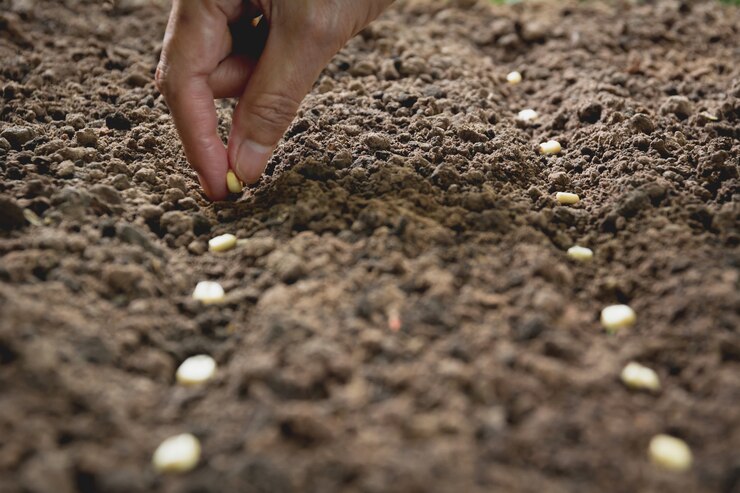Cover crops play a vital role in soil conservation and nutrient management in South Africa. As an agricultural practice, cover cropping involves growing specific plant species during fallow periods or alongside cash crops. These cover crops offer numerous benefits that contribute to the overall health and sustainability of the soil ecosystem. Here are some key roles of cover crops in soil conservation and nutrient management:
- Soil Erosion Control: South Africa faces significant soil erosion challenges due to its diverse topography, rainfall patterns, and agricultural practices. Cover crops help combat soil erosion by providing ground cover that protects the soil from the impact of raindrops and minimizes surface runoff. The dense root systems of cover crops bind soil particles together, reducing erosion caused by wind and water.
- Organic Matter Addition: Cover crops contribute to soil organic matter accumulation, which is crucial for soil fertility and structure. When cover crops are terminated and incorporated into the soil, their biomass decomposes, releasing organic matter. This improves soil structure, water-holding capacity, and nutrient retention.
- Nutrient Cycling and Management: Different cover crops have varying nutrient uptake capacities. By selecting appropriate cover crop species, farmers can strategically manage nutrient availability in the soil. Nitrogen-fixing cover crops, such as legumes, have the ability to convert atmospheric nitrogen into a plant-usable form, enriching the soil with nitrogen. This reduces the reliance on synthetic fertilizers and improves overall nutrient cycling.
- Weed Suppression: Cover crops can act as natural weed suppressors by competing with weeds for resources such as light, water, and nutrients. Dense cover crop canopies shade the soil, reducing weed seed germination and growth. This can reduce the need for herbicides and decrease weed pressure in subsequent cash crop plantings.
- Water Management: In regions with limited water availability, cover crops play a crucial role in managing soil moisture. They act as living mulches, reducing evaporation and soil moisture loss. Additionally, cover crop roots enhance soil porosity, promoting water infiltration and reducing surface runoff. This helps to conserve water resources and improve drought resistance in agricultural systems.
- Disease and Pest Management: Some cover crops have allelopathic properties, meaning they release chemicals that can suppress pests, diseases, or weeds. For example, certain cover crops, like mustard, can help suppress nematode populations in the soil. By incorporating these cover crops into the rotation, farmers can manage pests and diseases more sustainably.
To fully realize the benefits of cover crops, it is essential to select suitable species for specific agroecological conditions and cropping systems. Farmers should consider factors such as climate, soil type, cash crop rotation, and desired outcomes when choosing cover crops. Additionally, proper management practices, including timely termination and incorporation, are crucial for maximizing the benefits of cover crops while minimizing potential drawbacks, such as competition with cash crops for resources.
Overall, cover crops are a valuable tool for soil conservation and nutrient management in South Africa. Their integration into agricultural systems can contribute to sustainable farming practices, improved soil health, and enhanced productivity.
Join 'Farmers Mag' WhatsApp Channel
Get the latest Farming news and tips delivered straight to your WhatsApp
CLICK HERE TO JOIN






